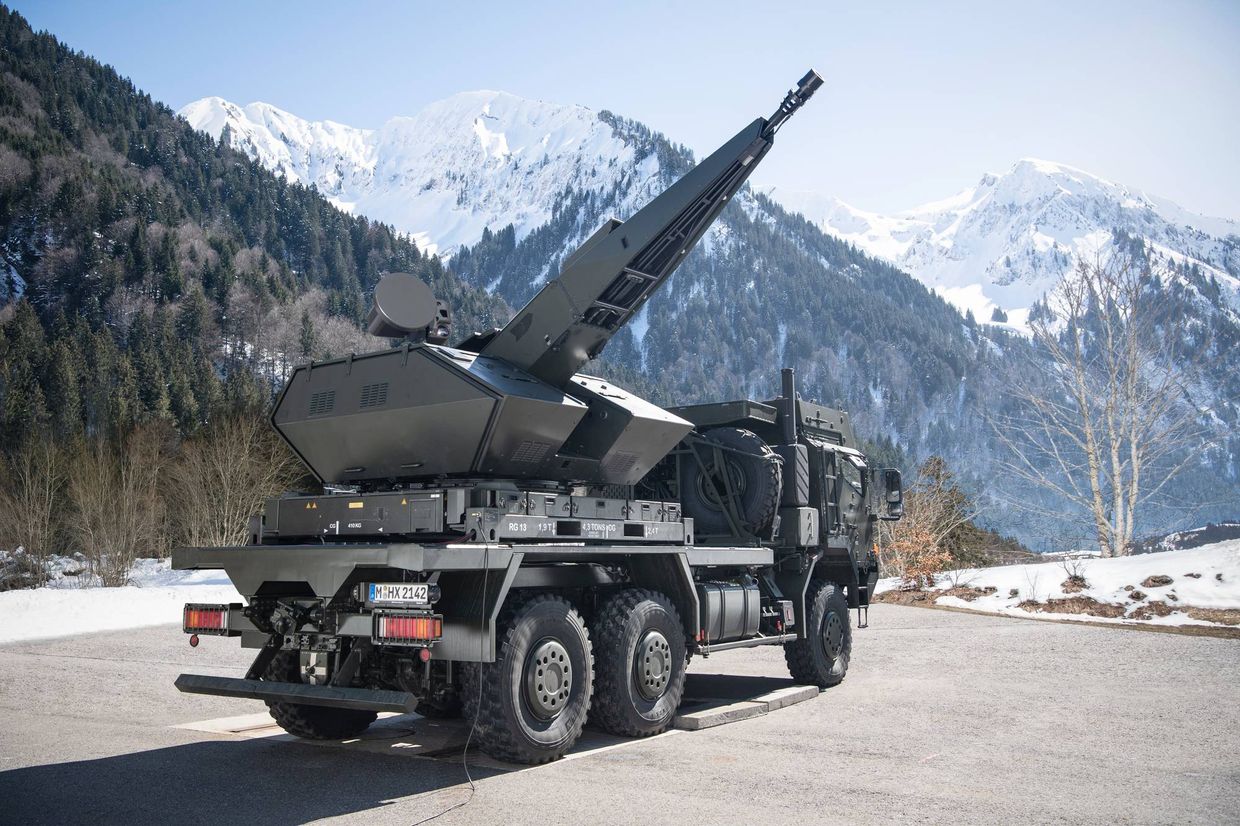As Ukraine’s defenders and allies display a constellation of weaknesses, Russian forces are taking advantage and pushing forward in Donetsk Oblast.
The Russians have begun their assault of Chasiv Yar, while a complementary, flanking assault is slowly pushing up from occupied Avdiivka, in an attempt to cut the supply road from Kramatorsk to Kostiantynivka.
Chasiv Yar is the foyer of Kostiantynivka, a larger town that has served as an important Ukrainian military staging ground.
“Their intention is to approach the main transit hubs and thereby render the defense of Donetsk (Oblast) systemically difficult to sustain,” said Michael Kofman, a military scholar with the D.C.-based Carnegie Endowment.
In the past few days, this force breached Ukrainian defenses, overrunning Ocheretyne, a front-line village in Donetsk Oblast. The beleaguered defenders withdrew from several nearby villages on April 28, as Russia continued the pressure.

Though they’ve kept the Russians from breaking through, Ukrainian units are having a very hard time on this part of the front. There are many reasons, including Ukraine’s shortages of ammunition, supplies, personnel — and in some units, training, experience, and organization. Some have also complained about a lack of sufficient support and clear planning from the General Staff or government.
The full outcome remains to be seen. Kofman said that it’s the general view that Russia lacks the capacity to use its forces on a scale sufficient for a major breakthrough and can’t sustain momentum.
“But they can keep creeping like this and put at risk major transit hubs or supply roads nonetheless, especially if there are multiple advances pressuring the line,” he said. .
“The question is less whether Russia can exploit a breakthrough, it’s clear they’ve been unable to do that, but more how deeply do Ukraine’s problems run, and how long will it take to stabilize the force.”
Russia captured Avdiivka in February after a grueling four-month operation, with Russian combat fatalities reportedly climbing into the five digits. Moscow continued the offensive, relying on its ability to replenish forces mainly by recruiting the poor and the desperate lured by high military salaries, resilient domestic defense production, and weapon supplies from allies like North Korea.
The Russian assault force likely contains the surviving elements of four or five brigades that fought for Avdiivka, according to Pasi Paroinen, a satellite analyst with the Black Bird Group, an OSINT-community based in Finland. This force is advancing northwest along a railroad track, which is also the shortest path toward the strategic road going to Kostiantynivka.

Russian forces likely found unmined routes along the railway, letting them do a sudden strike on Ocheretyne as Ukraine’s 115th brigade was being rotated into the area to replace the exhausted and diminished elements of the 47th. The Russians were able to drive the defenders away and take the village.
The capture of Ocheretyne has opened up tactical opportunities for Russians to widen the breach.
“We saw this when other villages were quickly captured during the following days. Right now Russians seek to bypass and flank Ukrainian strongpoints,” Paroinen said. “To cause even more casualties and further strain the defenders.”

“If there’s space, they go through,” said Glen Grant, a retired UK military officer who has advised the Ukrainian Armed Forces in the past. “And there is space because the numbers (of fighting men) keep dropping on the Ukrainian side that are not getting replaced by firepower.”
Ukraine continues to struggle with severe ammunition and military supply shortages, as its most significant military aid was delayed for six months by theatrics in Washington. Even though the aid finally passed, it will take some time before Ukrainian forces get to use it on the battlefield.
Grant said that European allies would have to send many more shells for Ukraine to be able to do more than just try to hold the line. Though the EU promised to provide a million artillery shells by March 2024, it fell short of that goal, as member states have struggled to ramp up military production to a sufficient degree.
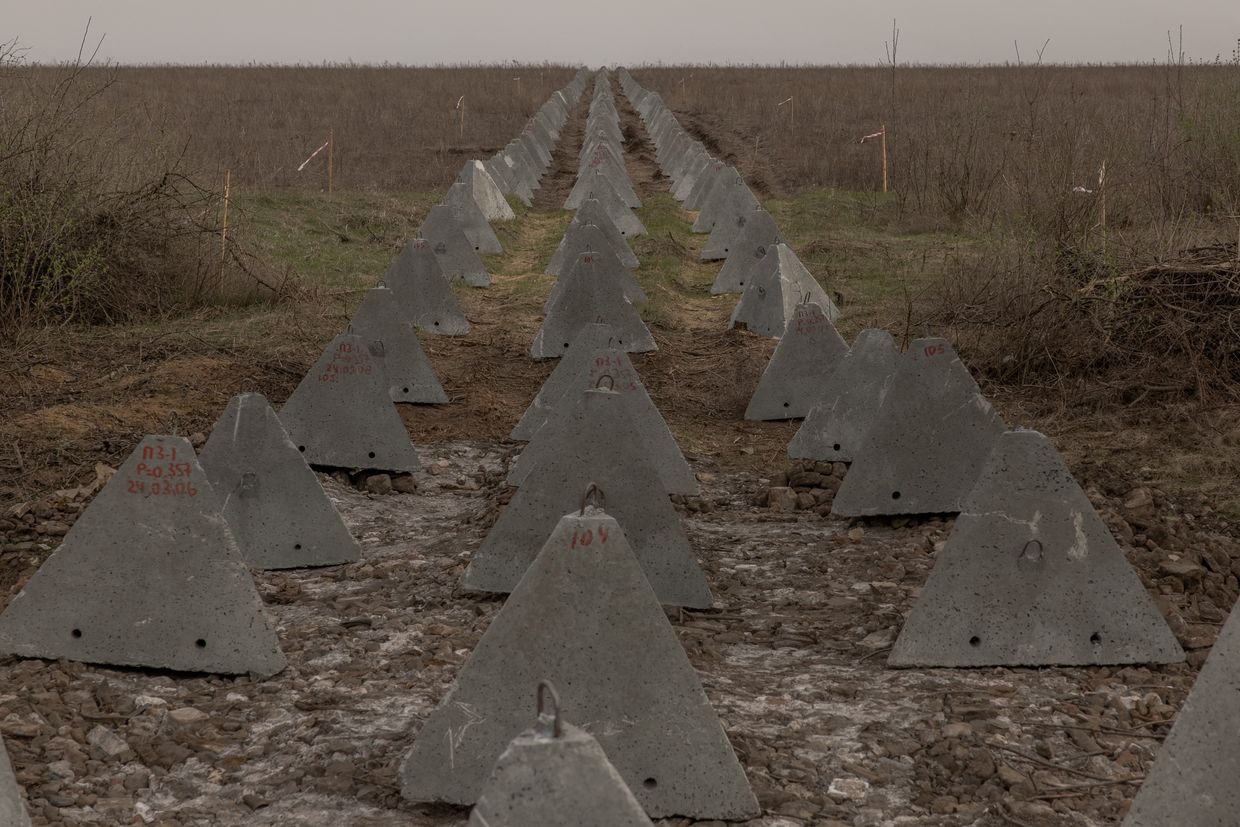
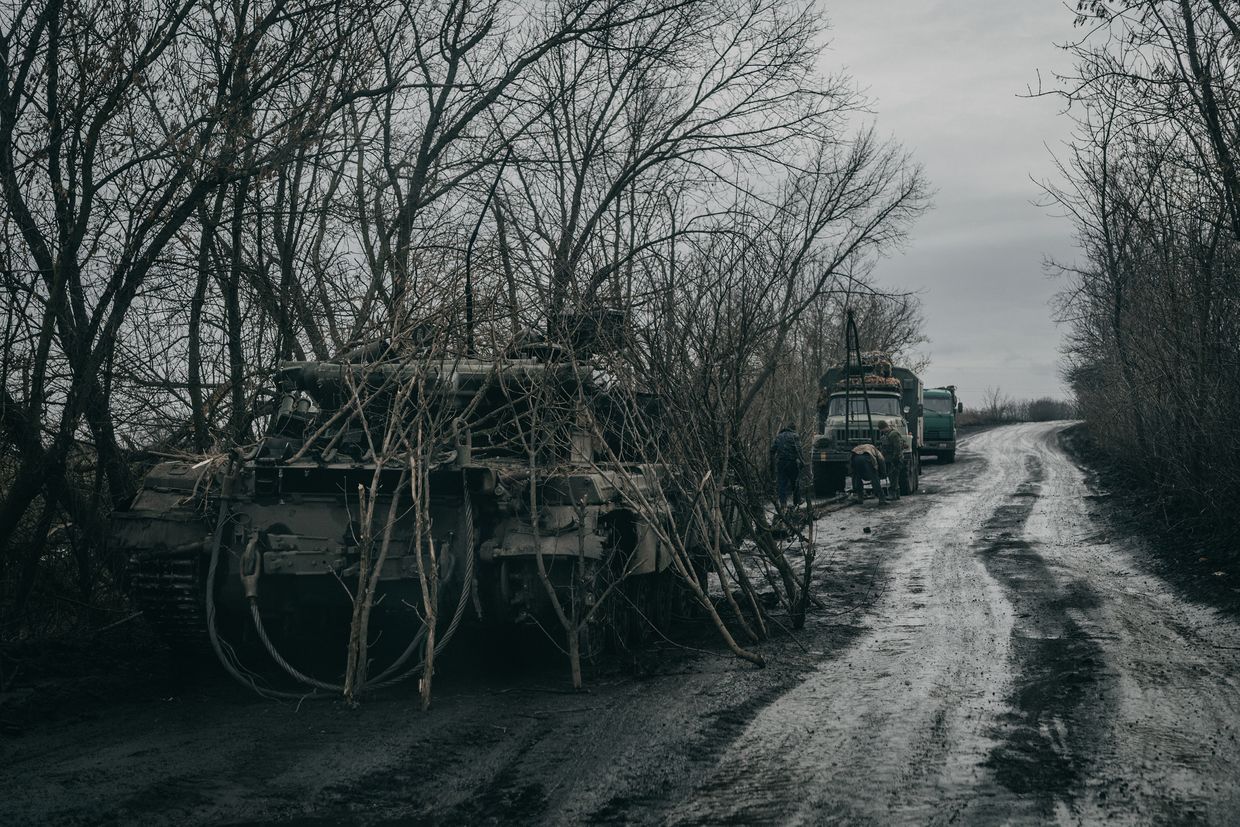
“Whatever we get now will only staunch the blood flow, but we still need the operation,” he said.
Ukraine’s fighting ability also continues to be hamstrung by ongoing internal problems, from the unit to the state level.
Kofman also said that there are issues with force structure, command echelon, and unit coordination within the Ukrainian Armed Forces. These issues are not new — they’ve been a continuous factor throughout the invasion.
Inter-unit coordination is extra important during brigade rotations, especially in a very hot combat zone.
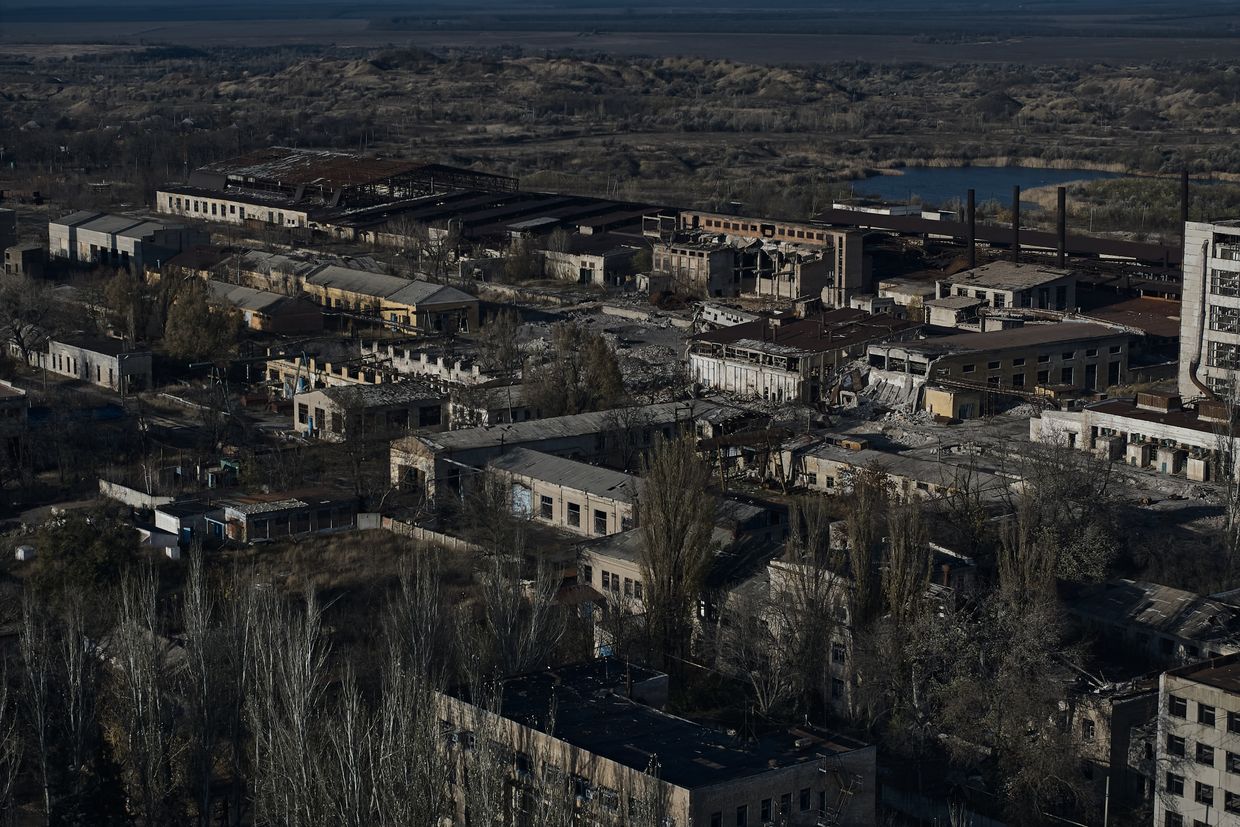
Many military decisions are made at the brigade level, which affects brigades’ abilities to fortify their lines. A single brigade only has enough equipment to dig a forward fighting position.
Properly fortifying an area requires sustained attention from the center, which was very slow to prioritize building strong fortifications against the coming Russian offensives.
Different units can have inconsistent levels of training and organizational support. The 115th brigade rotated into the area was one of the new brigades of volunteer reservists created in March 2022.
In his April 29 video about the front, military journalist Yuriy Butusov said the brigade wasn’t properly trained on how to fight as a unit, which drastically cut their effectiveness. He said the government didn’t provide enough support to the unit before sending it off to fight.
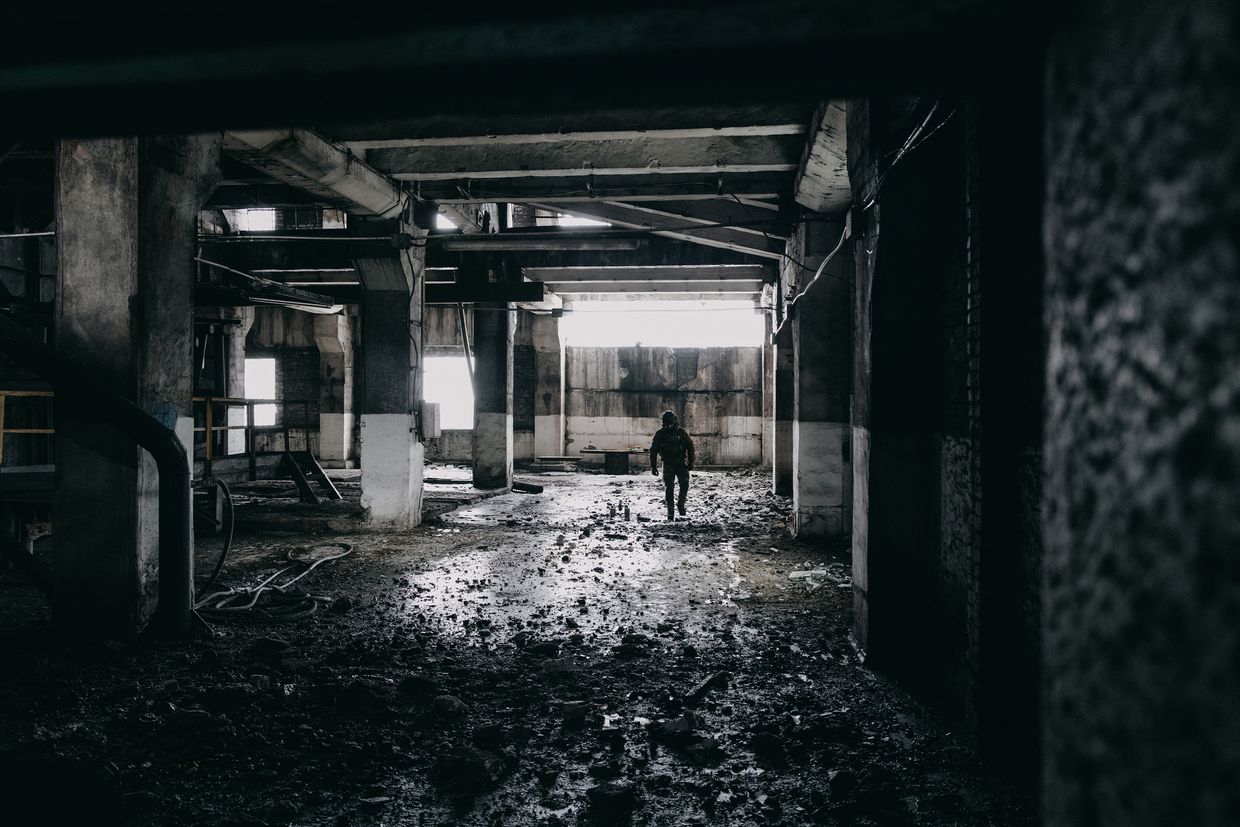
This tracks with what the Kyiv Independent has been told about similar units, such as the 110th, which defended Avdiivka. Soldiers speaking on condition of anonymity said the 110th also didn’t get enough support, including with building fortifications. Expert observers said the order to retreat from Avdiivka came far too late, leading to casualties during the withdrawal.
Some Ukrainian forces in the area were only at several battalions’ strength, Paroinen said. The rest have suffered such heavy casualties that it would be logical to consolidate them.
Unlike Russia, which can replace the men it casually sacrifices for the time being, Ukraine is struggling with unit depletion and replenishment.
Solving this might run into the problem that the patriotic motivation that swept Ukraine during the early phases of the invasion was a finite resource.
The military leadership changes, mobilization scandals, and publicized conditions in Ukrainian units have done little to help replenish it.
